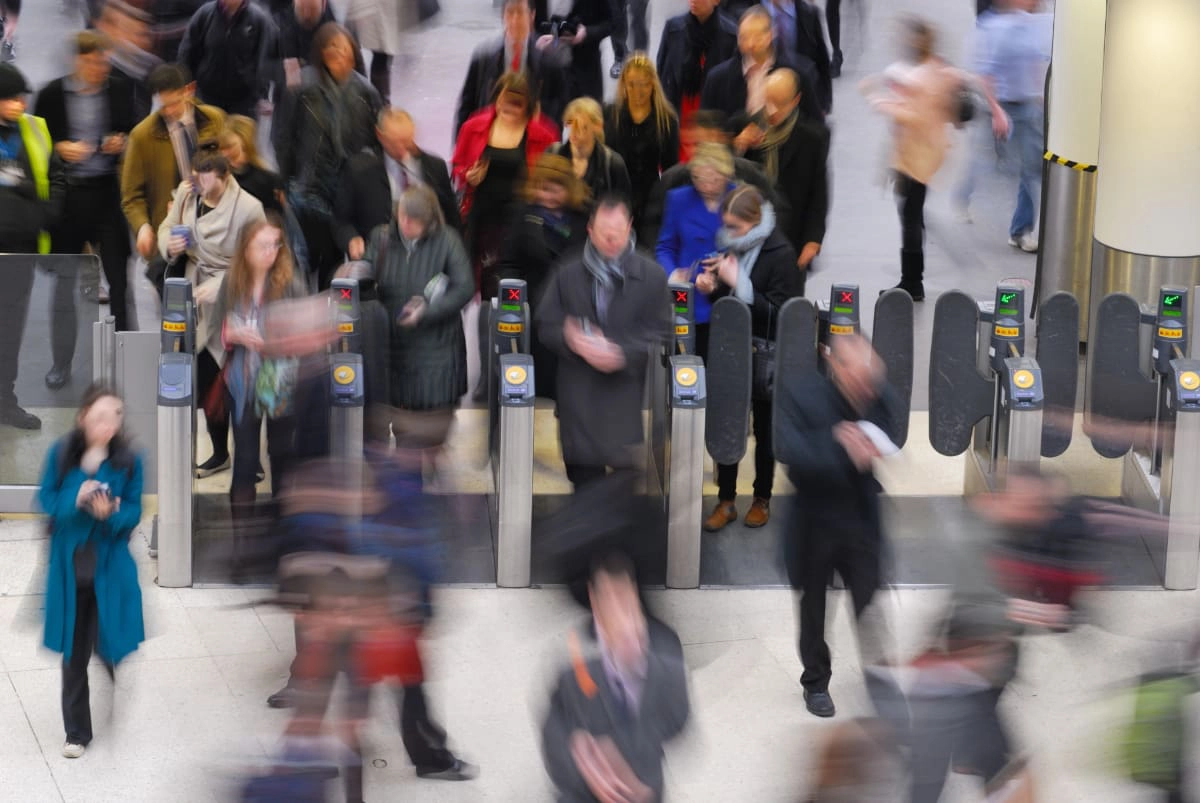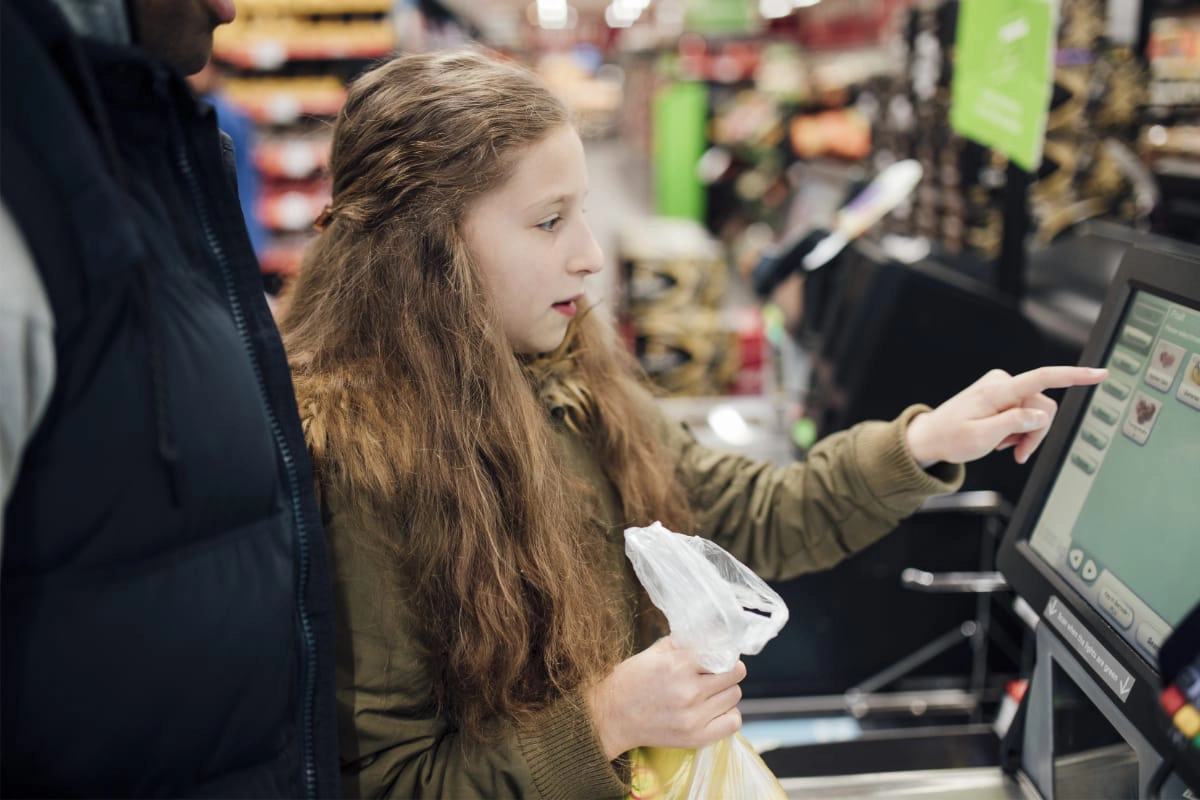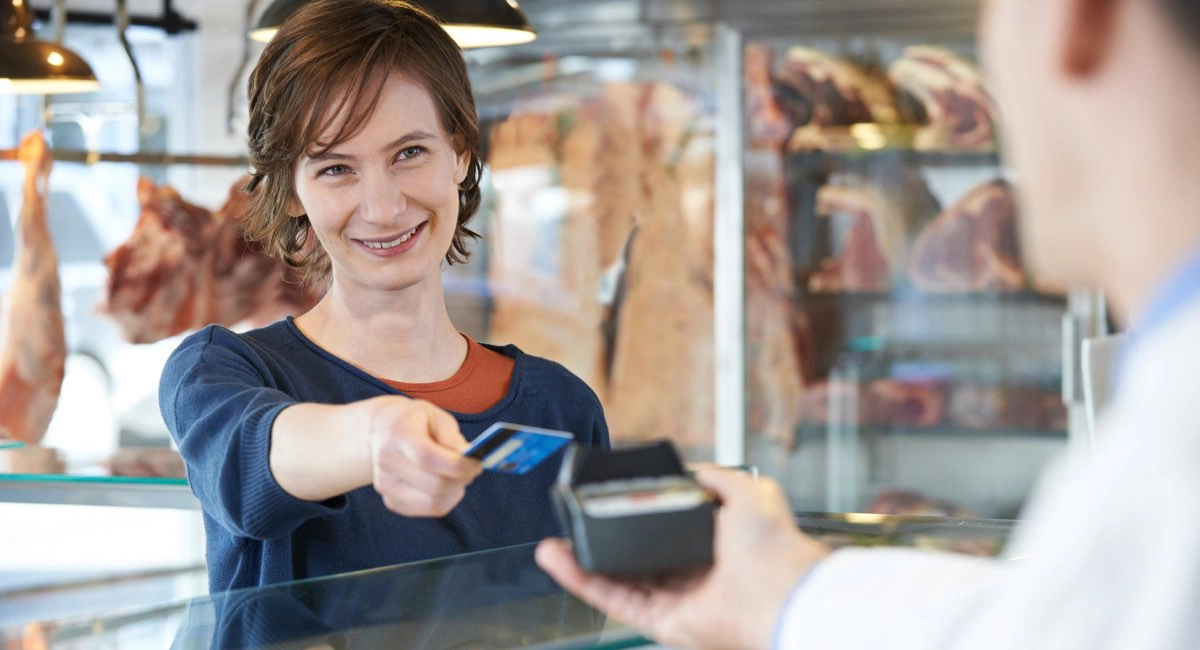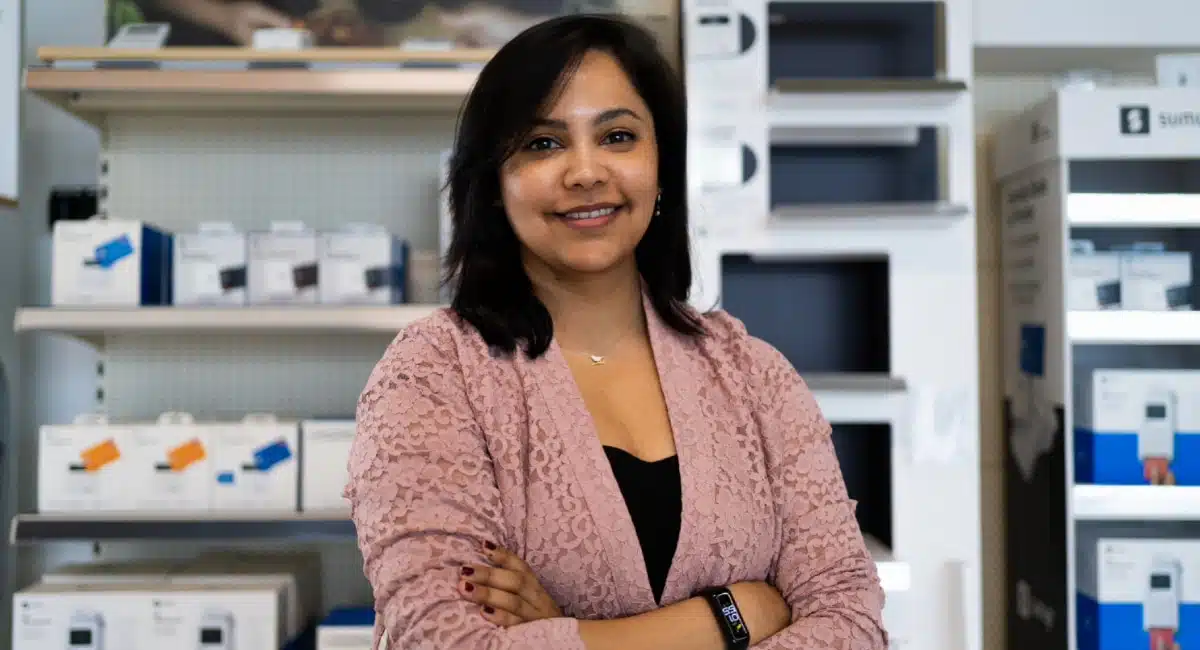After an initial slow start, the UK market has seen a dramatic uptake of contactless payments. Cards overtook cash payments in 2018, caused in part by the rise of contactless cards being the easiest way to pay for transactions below £30.
Retailers and small businesses: take note if you want to stay relevant in today’s rapidly evolving business environment!
When contactless payments exploded
2014 was a big year for contactless transactions in the UK. Total contactless spending exploded, setting a record of £2.32 billion which represented a 255% increase from the previous year’s figure. In December 2014, there were 58 million contactless cards in circulation in the UK. Moreover, Worldpay reported a 50% increase in contactless transactions from November 2014 to May 2015.
What about since? UK Finance reported that by the end of 2017, close to 119 million contactless cards were issued in the UK (i.e. nearly two cards per person). Because it’s now commonplace to already own a contactless card, the increase in circulation has since slowed.
In June 2018, the frequency of contactless payments overtook chip and PIN payments. According to Worldpay, 51% of all in-store card payments were contactless that month, followed by 52% in July. Add to that the fact that Visa and Mastercard require all card machines to accept contactless by next year (2020), and that they prohibit minimum transaction limits, and you have the ideal conditions for everyone using contactless routinely.
Contactless payments taking London by storm
Perhaps unsurprisingly, London has been at the centre of contactless payments’ march into the UK. Businesses continue to find new ways to integrate pay points into everyday situations, to the point where Londoners are getting so used to tapping their cards for small amounts that it’s noticeable if the option is not there.
Public transport had a big influence on this. Previously, Transport for London’s (TfL) main ticket system consisted of an Oyster card (i.e. tap-and-go travel card), which is still in use, but requires topping up of credit in advance of travel. When using your contactless credit or debit card, however, the appropriate train, tube or bus fare is automatically deducted from your bank account at no extra cost. This means fewer queues at the ticket machines, and smoother crowd movements on public transport.

Tap-and-go payments on London’s buses and in train or underground stations make rush hour a bit more bearable – you get through the masses quicker.
TfL recorded more than 60 million contactless journeys in the 6 months following its introduction of contactless payments in 2014. In April 2018, this number was 17 million journeys every week, a 7-fold+ increase on the previous volume.
Other areas have readily adopted contactless alongside chip and PIN, such as self-service checkouts in supermarkets (increasingly, more of these don’t accept cash). In December 2018, London Mayor Sadiq Khan introduced contactless donation points for homelessness charities to combat rough sleeping in the capital, enabling you to tap your contactless card or phone to donate £3. This is in response to people no longer carrying cash they can give to the homeless directly.
Increased retail uptake driven by tangible benefits to both consumer and retailer
Whether it’s Starbucks, IKEA, Greggs or McDonald’s, high street chains were quick to recognise the value of the technology. It is now rare to see any terminal that does not accept contactless cards or the major digital wallets Apple Pay and Google Pay.
What are the factors driving the uptake? Firstly, payments with a contactless card are quicker, easier and more convenient than chip and PIN, meaning most users prefer it. Contactless payments do not require entering a PIN (apart from the occasional security check), making the transaction much smoother.
The reduced hassle and shorter waiting times mean that more transactions can be processed, allowing some retailers to reduce the staff and time spent on the till. Furthermore, more and more people don’t carry cash and routinely use their contactless card in cafés, pubs and most other places they’re likely to purchase something on a routine basis. In fact, the UK ranks as the third most cashless country in the world, only eclipsed by Canada and Sweden.
Chip and PIN is still popular, but since contactless payments overtook this method in 2018, it is evident that catering for this technology is a need for businesses rather than just a “good-to-have”.

Contactless terminals at self-service checkouts make it easier for customers to pay for their goods.
The main card processors in the UK, such as Worldpay and Sage Pay, have been distributing contactless payment terminals for some time. By 2020, all card machines are required to accept it. iZettle was the first of the mobile card reader players in the UK to offer a unified package with a contactless card reader, no monthly rent or fees, and one card rate for all cards. Alternatives have since been introduced, for instance by PayPal Here, SumUp and Square.
It’s not just cards! There are other options
While card is still most commonly used, near-field communication (NFC) has enabled other types of contactless payments, mainly via mobile devices and smartwatches. Apple Pay, Google Pay and Samsung Pay are the biggest mobile wallets currently accepted via NFC or similar technology at terminals around the UK. Although growing in popularity, they are still mainly used by the younger generation aged 25-34 (29% in this age group in 2017) and represented only about 11% of the total contactless payment volume in 2017.
The technology is not just limited to cards and digital wallets. The 2015 Download Festival was the first contactless event in UK history, where contactless wristbands were introduced to save on queue time. Other technologies sometimes classed at contactless include quick-response (QR) codes that requires scanning a code with your phone or via stickers and key fobs.
Consumers spend 30% more via contactless payments
It has long been observed that people spend more on card transactions than cash payments. According to Carnegie Mellon professor George Loewenstein, you spend money ’til it hurts, as demonstrated in a brain scan study. He said: “Credit cards effectively anesthetise the pain of paying (…) You swipe the card and it doesn’t feel like you’re giving anything up to make the purchase, unlike paying cash where you have to hand over bills.”
Contactless payments appear to demonstrate this spending effect to an even higher degree. The fact that no PIN is required makes a contactless transaction feel much easier, reducing the “pain” involved, thereby making people more willing to part with their money. Small businesses should perhaps take note of data from Mastercard which showed a 30% increase in total spend 12 months after contactless was adopted.

Wherever below-£30 transactions are frequent, like in restaurants, cafés and bars, contactless debit cards are routinely used.
Some consumers still hesitant
In a parallel to the dawn of ecommerce transactions in the 1990s, a few people still have security concerns about the technology. The problem was especially relevant after the much publicised exposure of a security hole in the Visa contactless system by Newcastle University researchers in 2014. Other concerns include thieves scanning pockets of unsuspecting people, taking payments with a hidden card machine, and another issue making it possible for someone to use a cancelled card long after it was stolen.
But the reality is: contactless fraud is still way lower than other types of fraud that do not involve a contactless function. Banks and card networks are even willing to promise that any fraudulent, contactless transactions are refunded to the card owner, because the overall benefits of contactless – including the proven standard of security – far outweigh the potential losses.
According to a GoCompare Money survey from August 2018, 42% of Brits actually want the transaction limit increased, of which 38% wanted the limit to be £50 or higher. Most users now believe that contactless is at least as safe as other payment methods.
Biometric payments a possibility
The above security concerns may be assuaged by the development of biometric verification for contactless payment. Norwegian startup Zwipe partnered with Mastercard in 2014 to develop a fingerprint sensor, located on the card itself, which authenticates contactless payments. This card and similar ones developed by other partnerships underwent further testing, appearing to be ready for adoption only recently. Whether it will catch on remains to be seen, but the reported ease of use and prospect of no transaction limits make it a good candidate for mainstream use.
The most popular digital wallet, Apple Pay, also makes use of biometric authentication via iPhone and iPad, either through fingerprint authentication or facial recognition. This added safety is the reason why Apple Pay does not have a transaction limit like regular contactless cards do. It is possible that digital wallets could lead the way for contactless transactions, and less certain whether people will continue to use physical cards in the long term when most smartphones in the UK are able to process payments more securely.
One thing is clear: contactless payments have taken the UK by storm. 2018 was a year of regular news about how cash use is diminishing while contactless payments continue to grow, both in volume and breadth of practical applications. 2019 is set to be an exciting year for payments!




